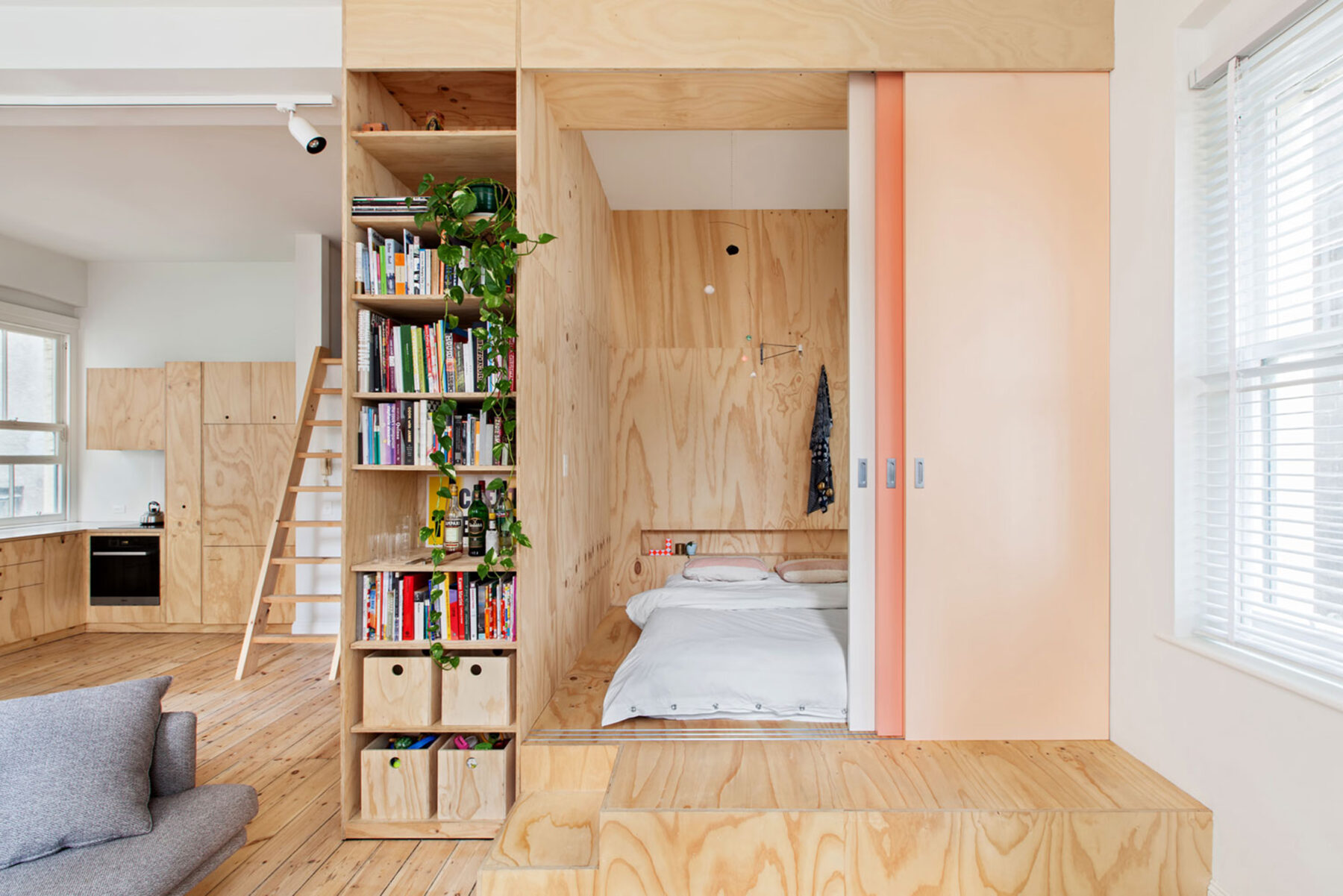Three rooms, kitchen, bathroom…For many people in large cities, spacious apartments remain a dream, while others deliberately decide against it. The fact is: Things are getting tight!
Metropolitan space is limited and there needs to be new solutions for using it differently, more economically and with more versatility. What might such solutions look like? Who should get it started? And is efficiency a socially acceptable design principle?
In order to discuss these and other issues with the Hamburg community, MINI and FvF invited six experts from Hamburg, Berlin, Munich and Leipzig together with The Sooner Now joint initiative. It quickly became clear that urban space solutions are a topic that moves people in every part of the city.
“After stagnating into the ’90s, cities once again experiencing extreme growth,” says Urban Planner and Urbanist Julian Petrin of NextHamburg. “It’s not so easy to create new housing as quickly as new people are moving in,” he adds, during the panel discussion on Rethinking Living Spaces. The result, a lack of free apartments and ever-rising prices is felt by tenants like Caroline Kurze. The editor of the Berlin-based publisher Gestalten recently co-published the book, Small Homes, Grand Living.
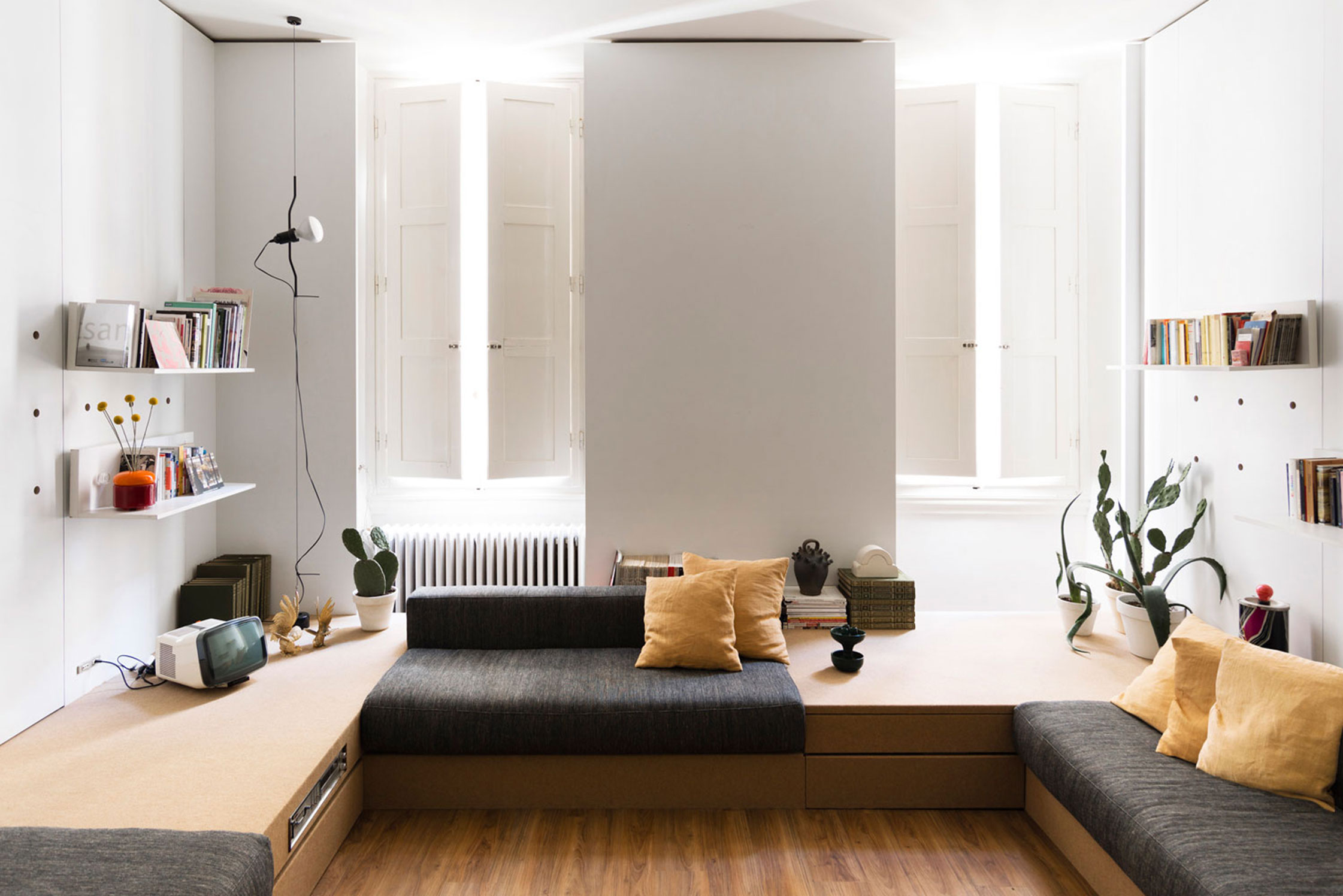
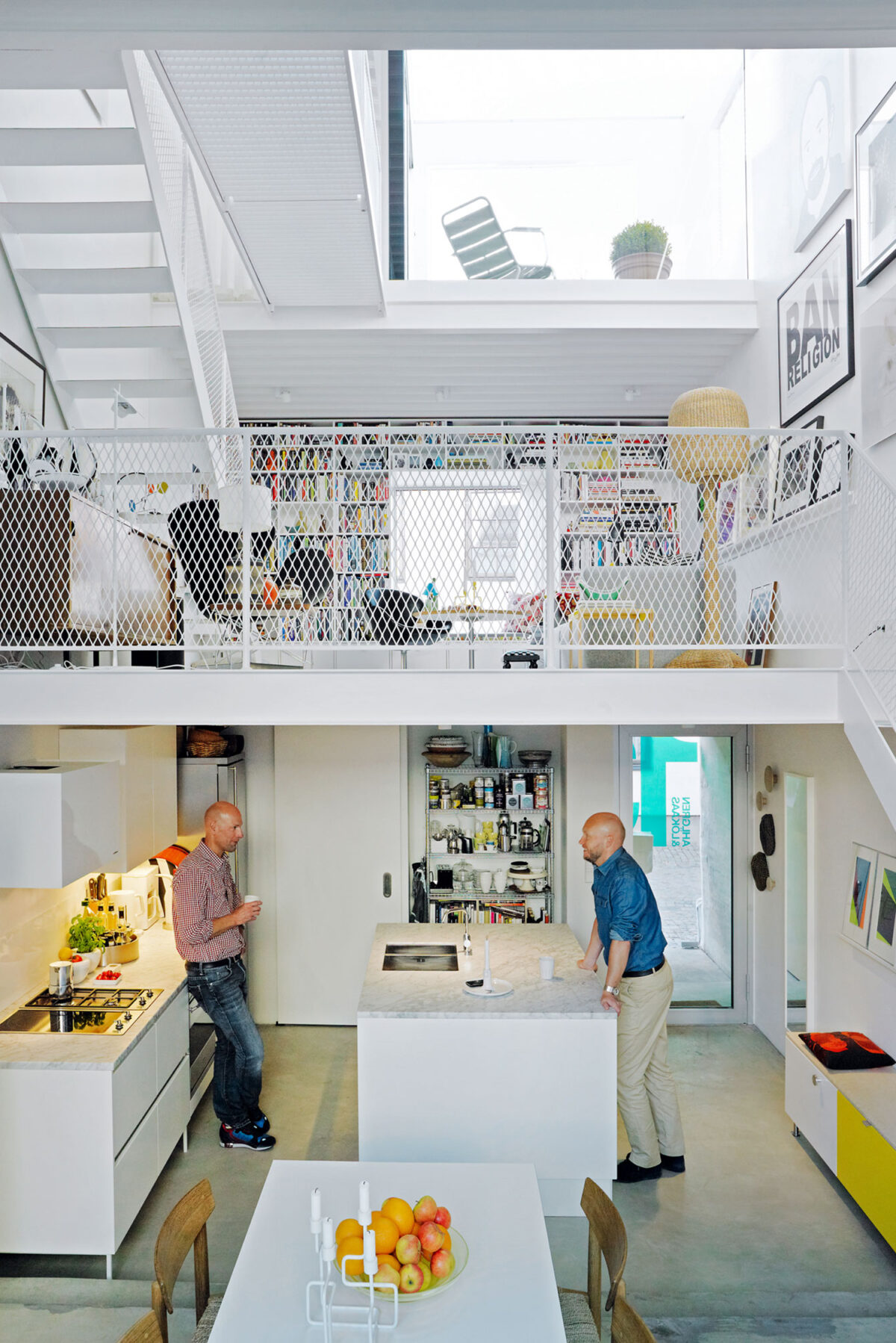
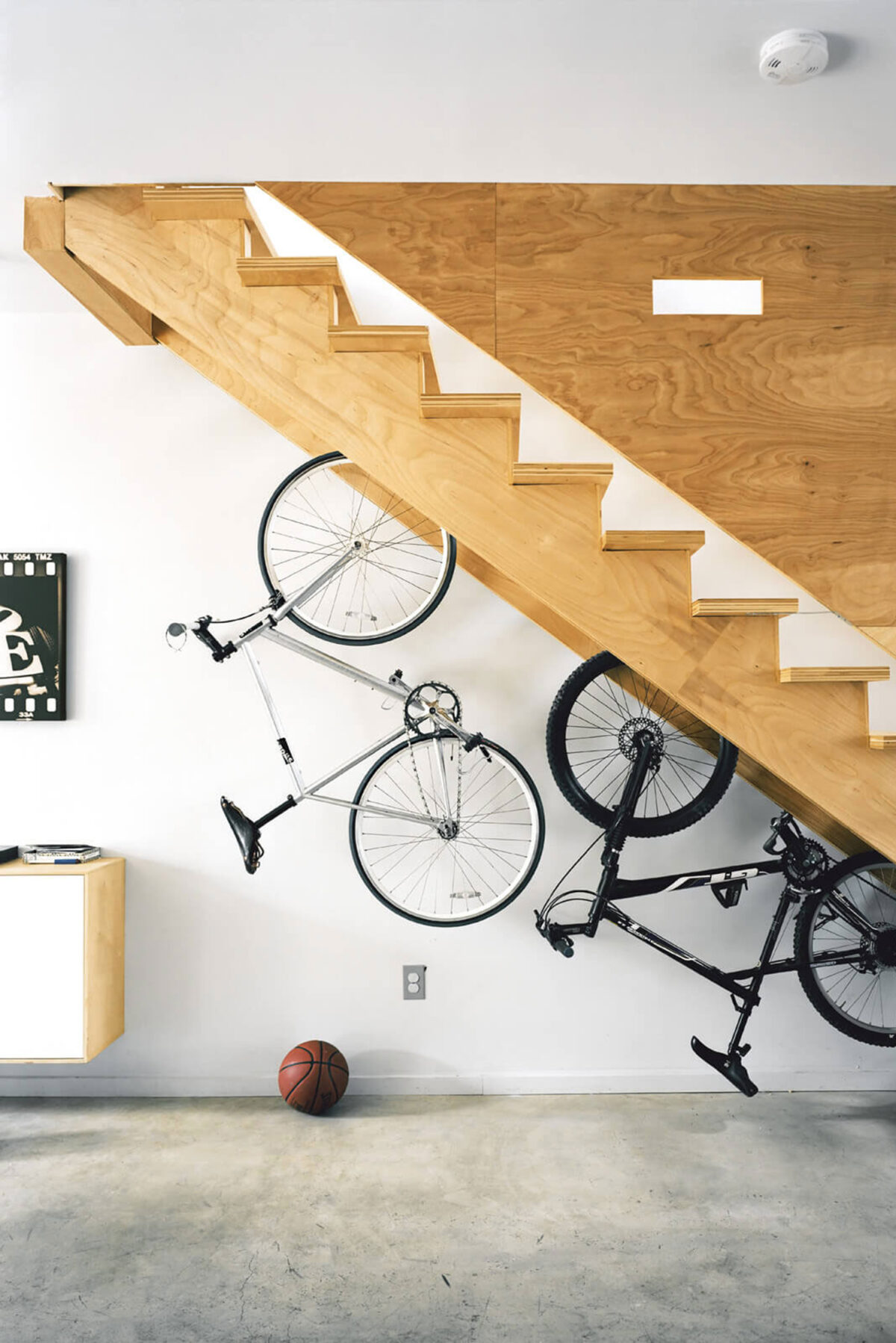
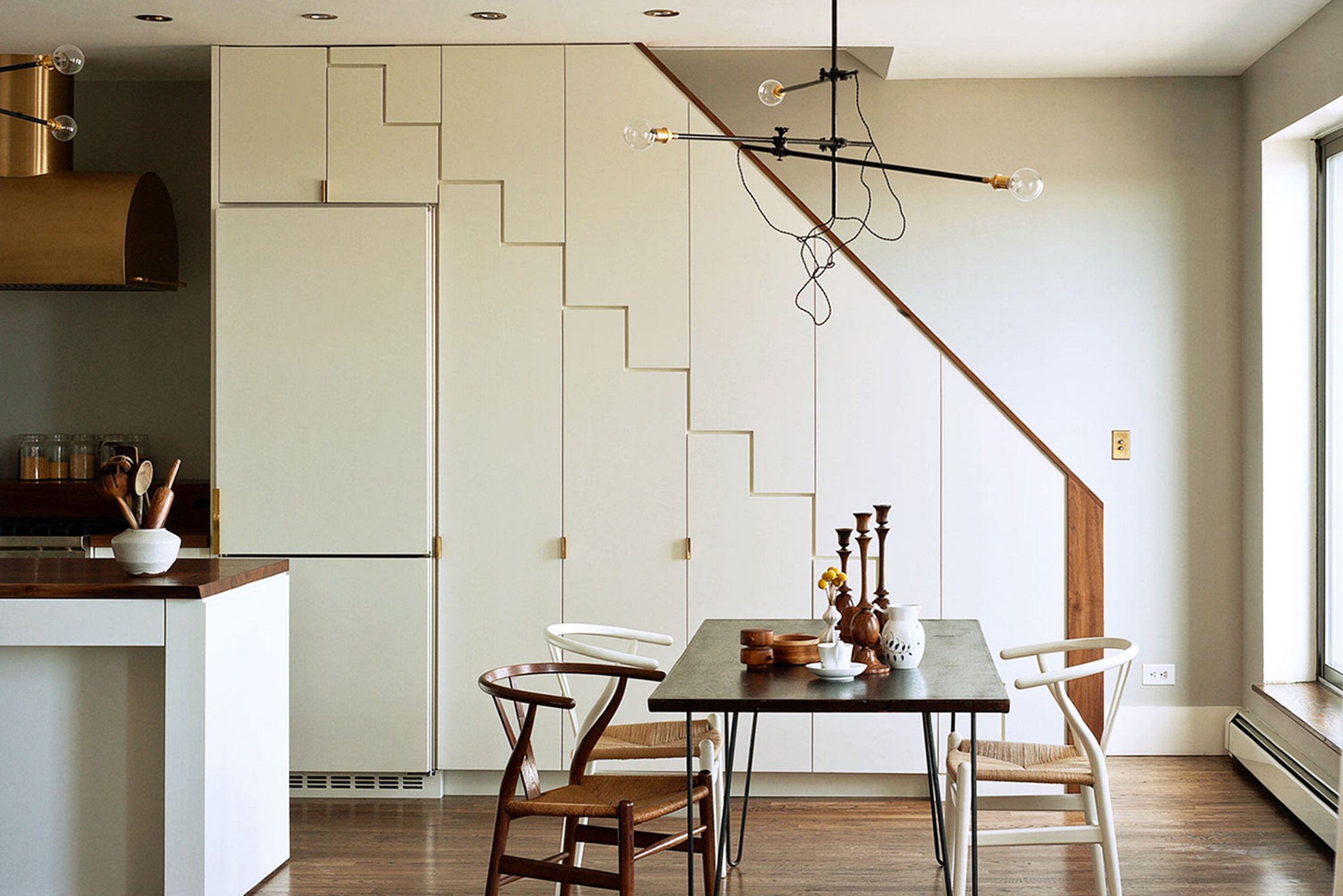
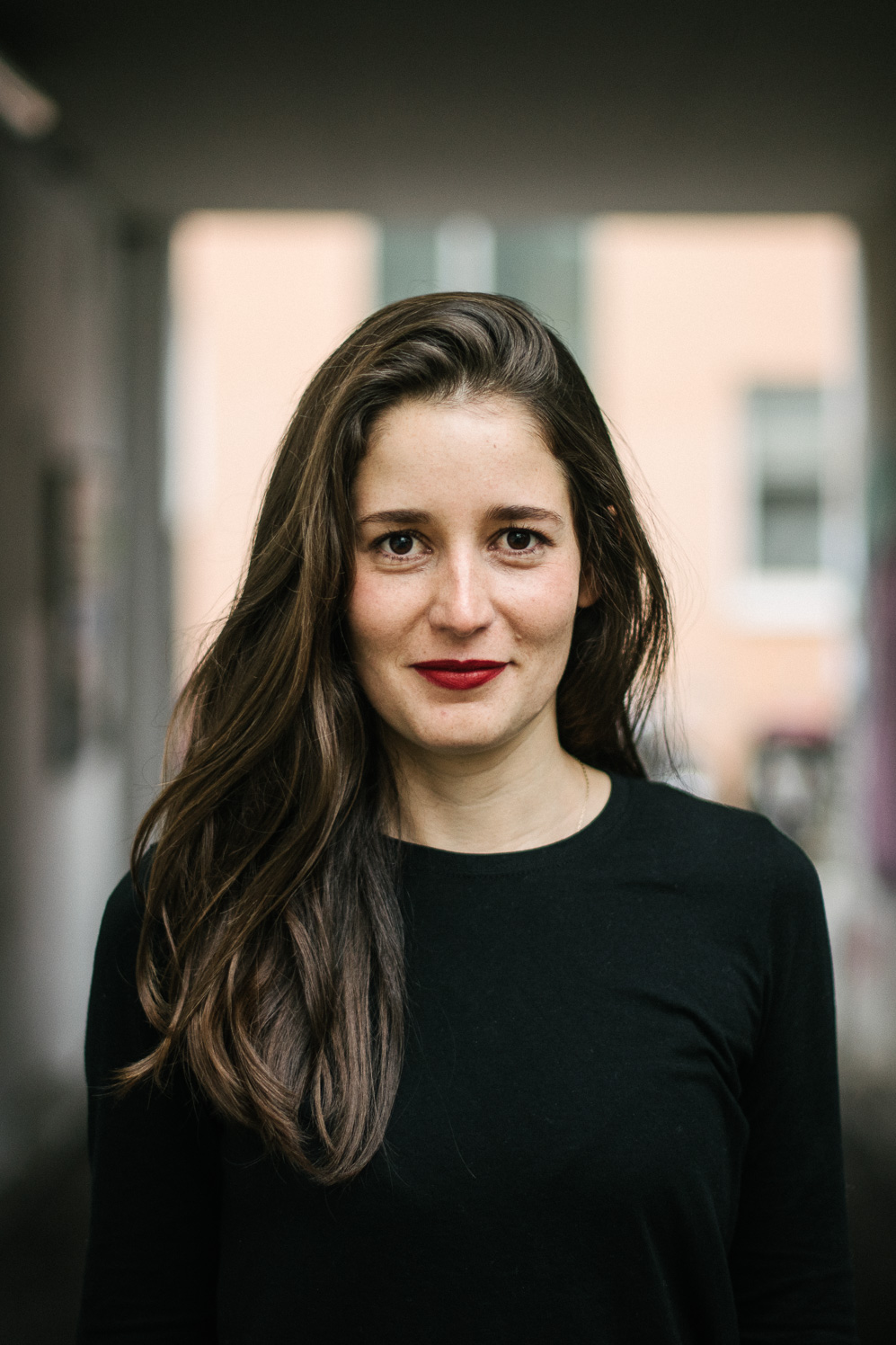
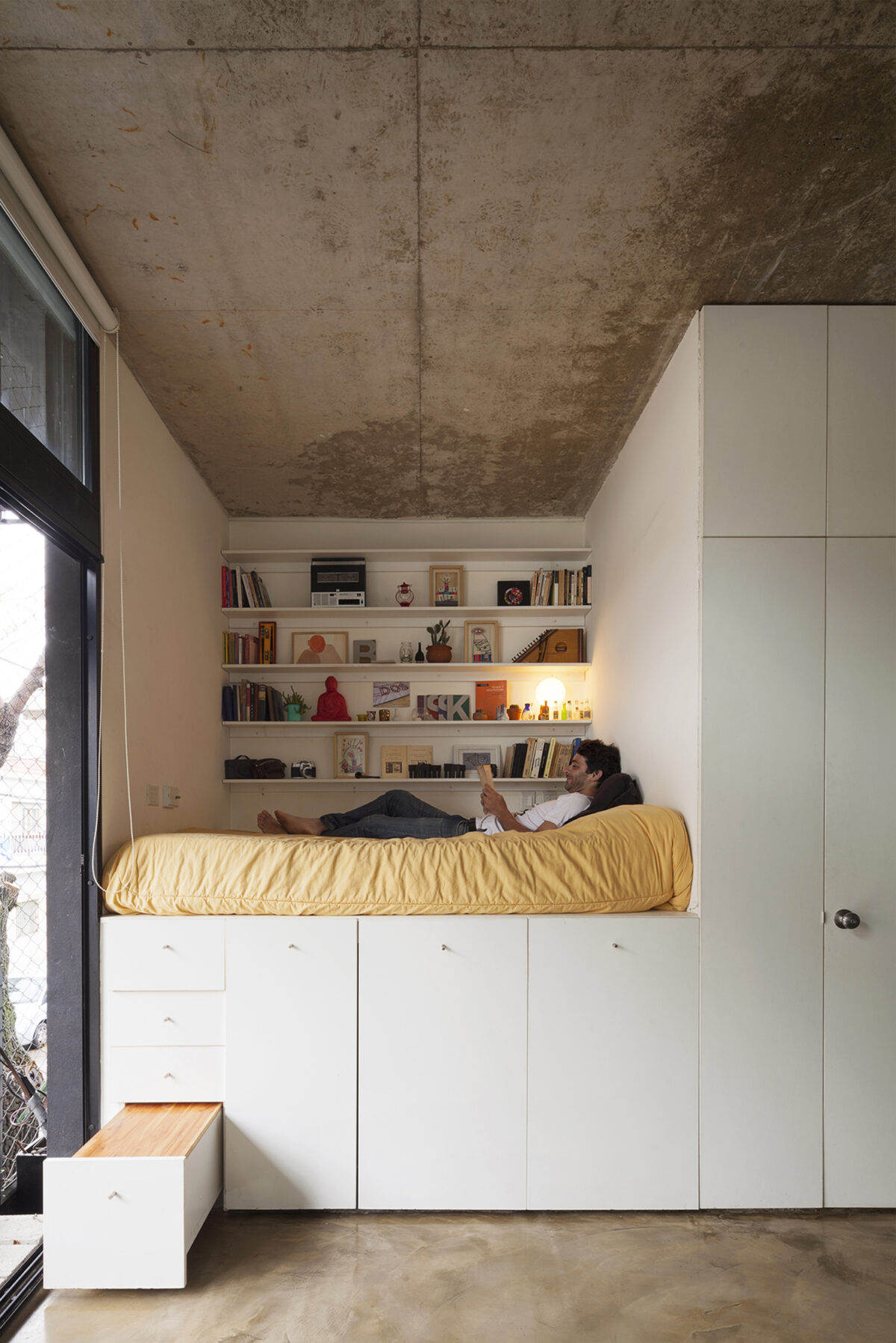
“After stagnating into the ’90s, cities once again experiencing extreme growth.”
Julian Petrin, NextHamburg
“My partner and I have a very nice but very small two-room apartment,” Caroline says. While searching for just one extra room, they realized that “at least a hundred others were coming to each viewing.” The solution was to optimize the existing living space, that is to say, to get more out of the small amount of space left. This also inspired the book and the different models of life that are shown in it. How we want to live is directly linked to the question of how we do live and how much we want to work. “There are also people who make the conscious choice to trade the luxury of space for the luxury of time,” Caroline explains. Because anyone who wants to move into a larger apartment, often has to work all the more to afford it.
What stands in the way of many today is the long-held societal belief that housing must be as large as possible. “And that things have a value and therefore must remain,” explains Interior Designer Lea Korzeczek from the Leipzig-based studio Oink. “You also have to see that life is always changing—and so are you. I think we just need people who feel like changing homes and say to themselves, ‘ok, life is not static.’” In contrast to many ideas and guidelines that are set forth by urban planning and politics.
Cost-effective solutions, such as social housing, which were previously planned according to very rigid patterns all get lumped in together when they should actually be kept flexible. “Many good ideas fail because of systemic problems, so that a conversion or an extension is often impossible,” says Julian. It’s about releasing new energies and allowing new ways of thinking—varied uses for rooms, for example. As all three panelists and presenter Anna Schunck agree, our rooms could certainly be made more open. For example, laundry rooms, hobby rooms and even guest rooms could certainly be used as so-called shared spaces. The question of what each community ultimately needs should be the focus, according to Julian.
“There are also people who make the conscious choice to trade the luxury of space for the luxury of time.”
Caroline Kurze, Gestalten
Corinna Natter and Oke Hauser from MINI Living provide a variety of answers and new impulses. For over two years their initiative has engaged the questions of urban living. Their current project, Urban Cabin makes use of unoccupied niches in the city and asks how much space it is that we really need to make a home. At this year’s London Design Festival, the architects presented the container-sized cabin including two custom-designed modules: a retractable community kitchen and a micro-library. Both are add-ons by architect Sam Jacob, who was invited to host the Urban Cabin for life in London. With the cabin, which was later unveiled with a very different implementation in New York, MINI Living has created a long-term development project that deals with the future of urban living and varied urban communities, with the question of how innovative design can be integrated seamlessly into different cities. In addition to the Urban Cabin, Oke and Corinna further introduced the brand’s first real housing project opening in Shanghai in 2018.
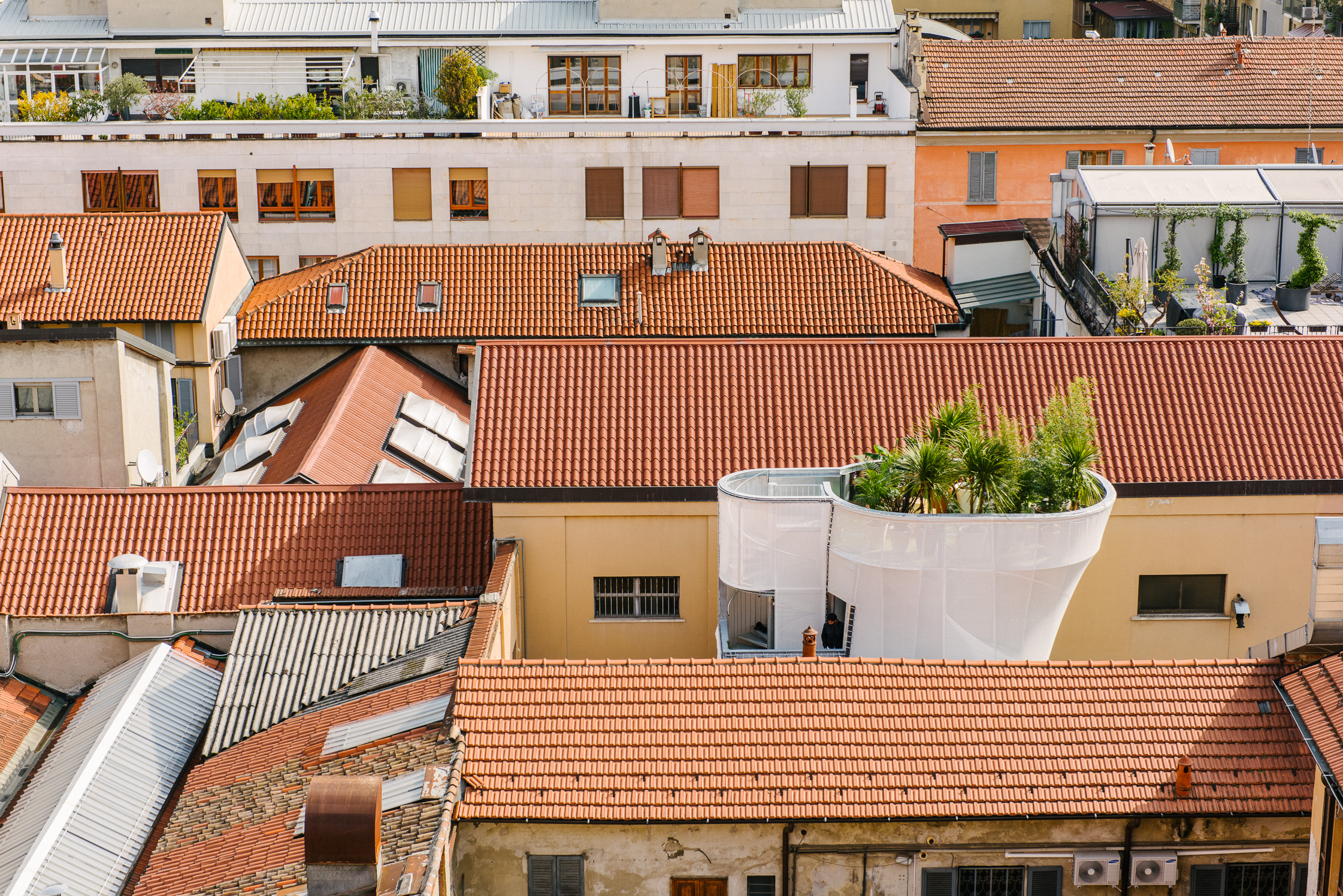
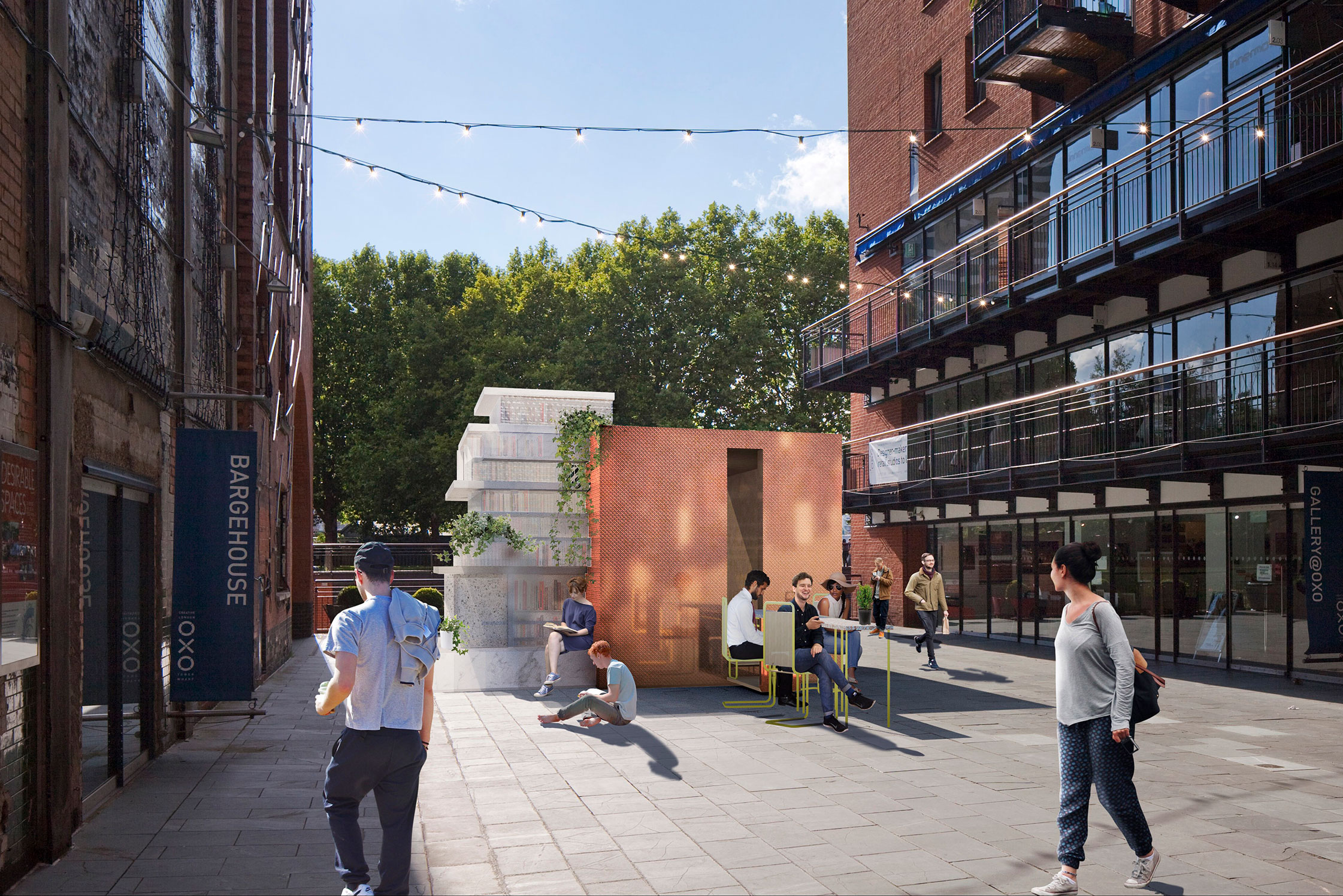
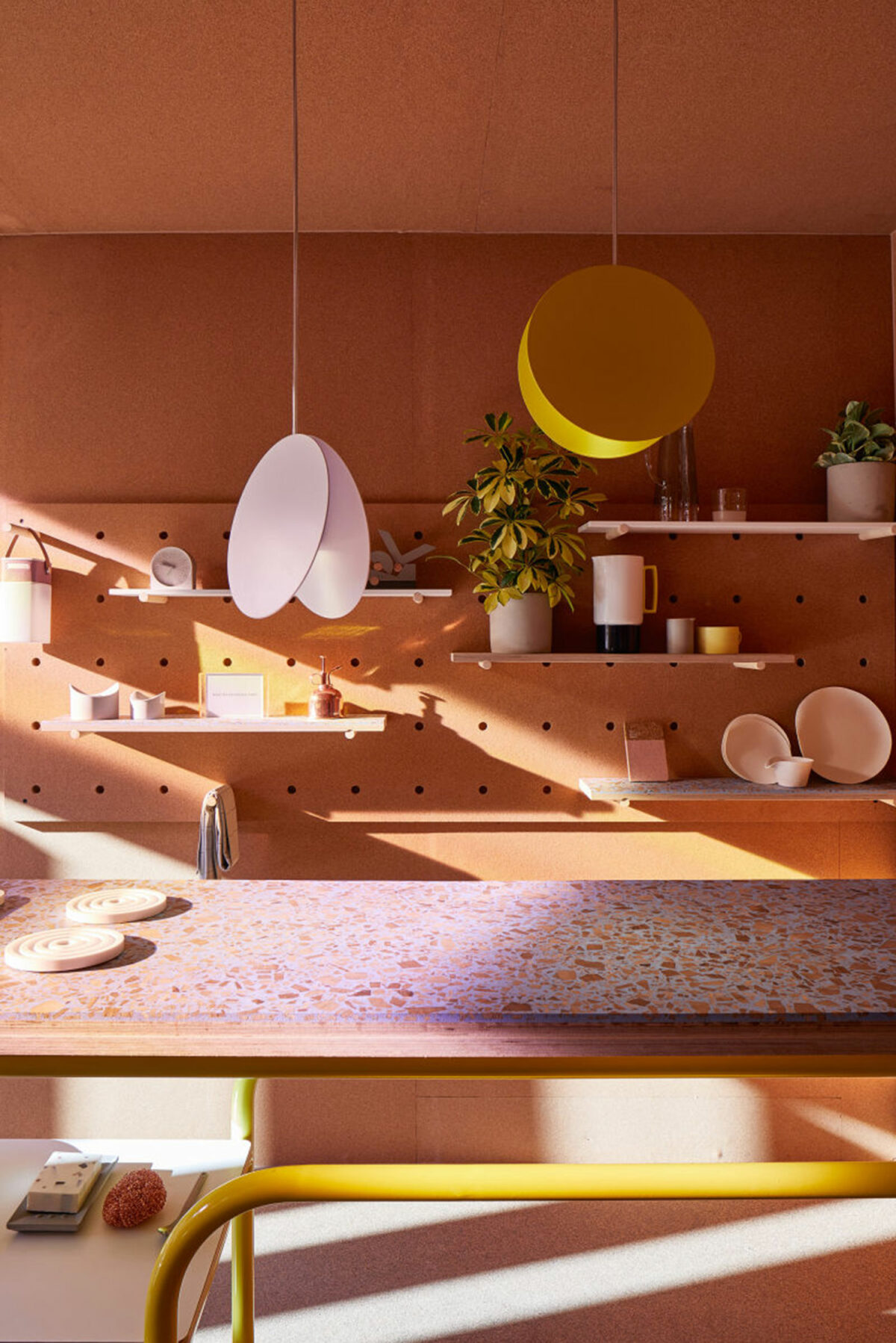
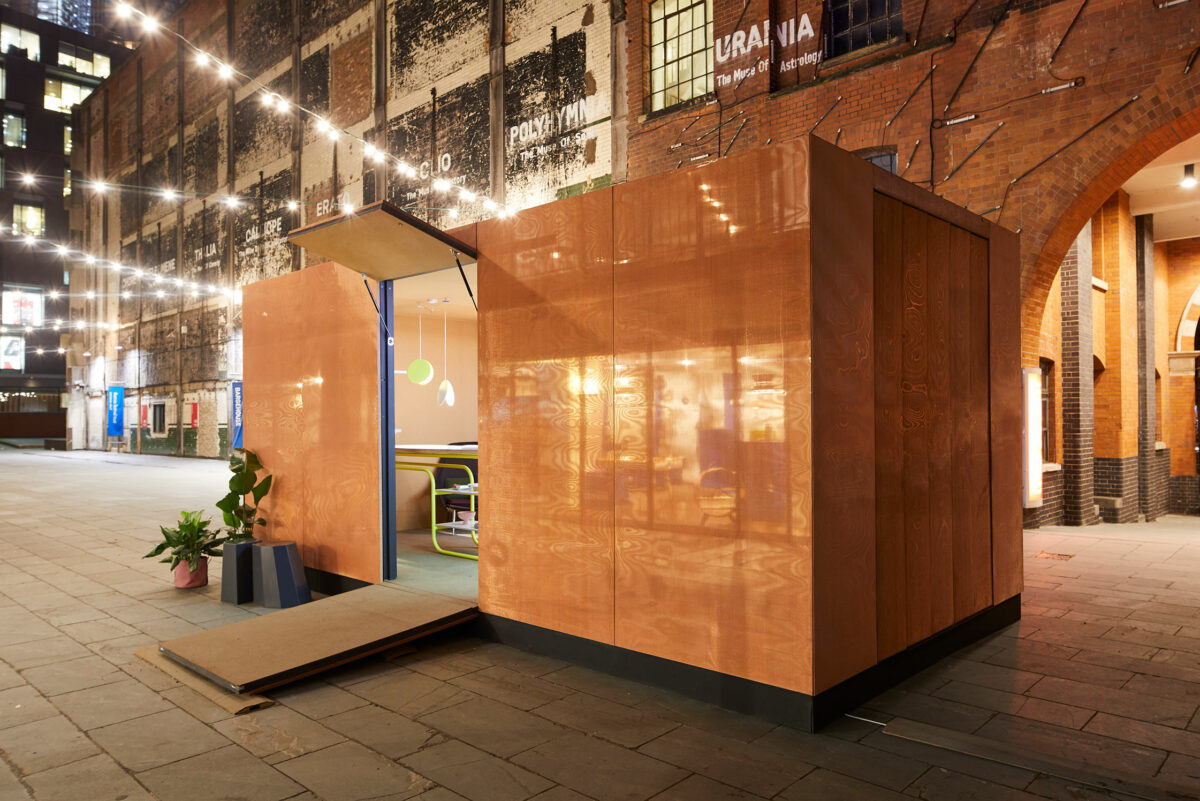
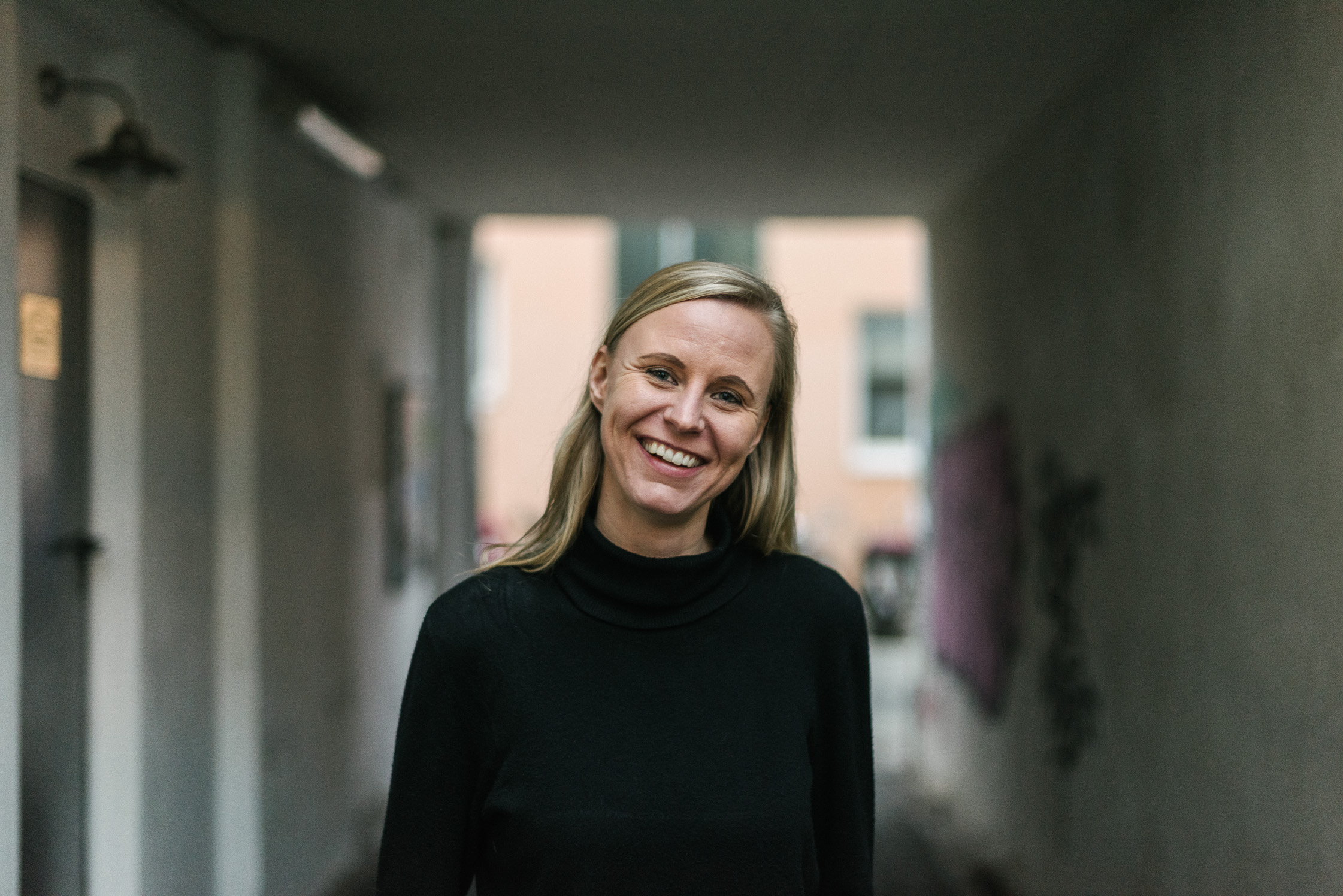
The Hamburg-based architect Florentine-Amelie Rost made clear in her keynote on floating architecture and its potential as an instrument of urban development that Hamburg, in particular can make great use of. In doing so, she draws on practical experience: in 2008, she and Jörg Niderehe successfully participated in the Houseboat on the Eilbek Canal competition, after which the two of them founded their joint Rost-Niderehe architecture office, which, of course, is located right on the water.
The day’s input offered many new ideas to all the listeners, who were always involved in the discussion, and in the end acted as a kind of plea for more courage to think outside the box and to be more open to collaboration in general. “However, you can’t assume that truly everyone wants more cooperation and there will always be those who prefer to sit quietly in front of the TV in the evening,” says Lea. “But it might be that the space should come first and then they should be filled,” says Caroline. “Space certainly does not cure all social problems,” Julian reminds us. “But yes, if it’s there, then something happens there as well—it creates a neighborhood.” A good premise for shaping cities together!
Further insights for the creative handling of limited space can be found in the book entitled,Small Homes, Grand Living from Gestalten. Also featured in the book interior design office of Lea Korzeczek and Matthias Hiller,Studio Oink. Exactly how citizens can contribute to urban development can be learned fromurbanista andNext Hamburg. And anyone who needs advice on building on water, would do well to get in touch withFlorentine-Amelie Rost.
Photography: Robert Rieger
Text: Anna Schunck
Header Image: Lisbeth Grosmann, from the book Small Homes, Grand Living, published by Gestalten
